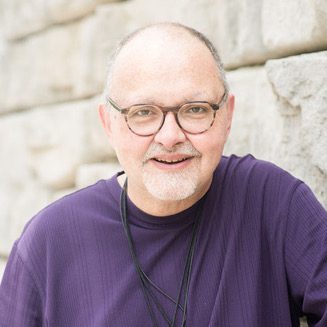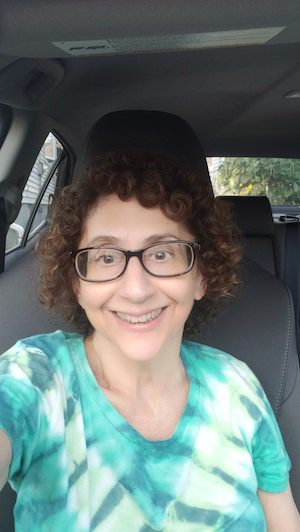Practice helps the brain and the body 2
Yesterday I was talking aobut learing a new skill and how it helps your brain at any age. Today I want to highlight my grandson and brother. My 13-year-old grandson, is an elite athlete in slopestyle skiing, a sport that involves tricks, jumps, and terrain park features like rails, boxes, and jibs. To stay on the Snow Australia Emerging Talent Program, he must maintain high standards in school and in public. His journey into slopestyle skiing started with hours of watching YouTube videos of professional skiers performing tricks. But watching alone wasn’t enough. He spent countless hours on the trampoline, practicing the movements and jumps before trying them on the snow. This dedication has allowed him to perform complex tricks with ease, as his brain has created and strengthened the neural pathways needed for these skills.
Every day after school, he heads to the trampoline in his backyard. He meticulously practices spins, flips, and grabs, translating what he’s seen in videos into physical movements. Initially, each attempt is awkward, and he falls more often than he lands. But with each session, his brain learns. The neural connections involved in balance, spatial awareness, and muscle coordination strengthen. Over time, these tricks become second nature, allowing him to focus on perfecting his form and adding new variations. His commitment to practice, even when it’s difficult, has made him one of the top young athletes in his field.
On the other end of the spectrum is my brother, who was the Canadian doubles tennis champion for his age group (over 75) and now teaches tennis and English as a second language to newcomers to Canada. My brother didn’t start playing tennis until he was in his twenties, teaching himself the game through sheer determination and hours of practice each day.
In his early years, my brother spent many evenings after work on the tennis court. He studied the movements of professional players, mimicking their serves and volleys. He practiced relentlessly, hitting balls against the wall when he couldn’t find a partner. Over time, his brain adapted. The motor skills required for tennis became ingrained in his muscle memory. His footwork became quicker, his reflexes sharper, and his ability to anticipate his opponent’s moves almost instinctual.
Even now, in his seventies, he practices every day for at least one or two hours. This continuous engagement keeps his brain sharp and his skills honed. He has also found joy in teaching, sharing his love for tennis and language with others. Teaching tennis involves breaking down complex movements into simple steps, a task that reinforces his own skills while helping newcomers learn the game. Similarly, teaching English requires patience and creativity, engaging different parts of his brain and keeping his mind active.
Stories like these illustrate how practice and dedication can reshape the brain, enhancing both physical and cognitive abilities. Elite athletes, whether young or old, understand that their success is not solely due to natural talent. It’s the result of consistent effort and a willingness to push through challenges. This practice changes the structure of their brains, making them more efficient and skilled over time.
When a difficult skill like creating a ski jump or mastering a tennis serve is new, it demands a lot of conscious effort and attention. This is especially true for novices, who need to think carefully about every small part of the movement involved. With extensive practice, many parts of the action become automated, freeing up attention to focus on decision-making or fine-tuning performance.
For instance, one study looked at the brains of novice, expert, and elite archers performing a simulated archery task. The novices showed widespread brain activity, especially in the frontal areas related to controlled planning. In contrast, experts showed reduced activity in these areas, relying more on specialized processing in particular parts of the brain. This shift from general to localized brain activity allows experts to make decisions quickly and efficiently, using less energy than novices.
A similar process occurs in athletes like my grandson and brother. As they practice, their brains become more specialized, allowing them to perform complex tasks with less conscious effort. This not only improves their performance but also enables them to learn new skills more easily.
Practice can even change the brain’s structure. For example, London cab drivers preparing for the difficult “Knowledge of London” test were found to have an enlarged posterior hippocampus, an area important for spatial memory. Similarly, professional divers showed a thicker cortex in areas related to spatial information, and rock climbers, basketball players, badminton players, and speed skaters showed expansion in the cerebellum, which coordinates muscular activity.
While genetic factors may influence an athlete’s potential, the importance of deliberate, focused practice cannot be overstated. Both my grandson and brother have demonstrated that through consistent effort and a commitment to learning, it’s possible to achieve extraordinary levels of skill and intelligence, regardless of age. Their stories are a testament to the brain’s incredible plasticity and the power of practice.
Originally Published on https://boomersnotsenior.blogspot.com/

























